Discovering Hiroshima : Attraction Guide (Japan)
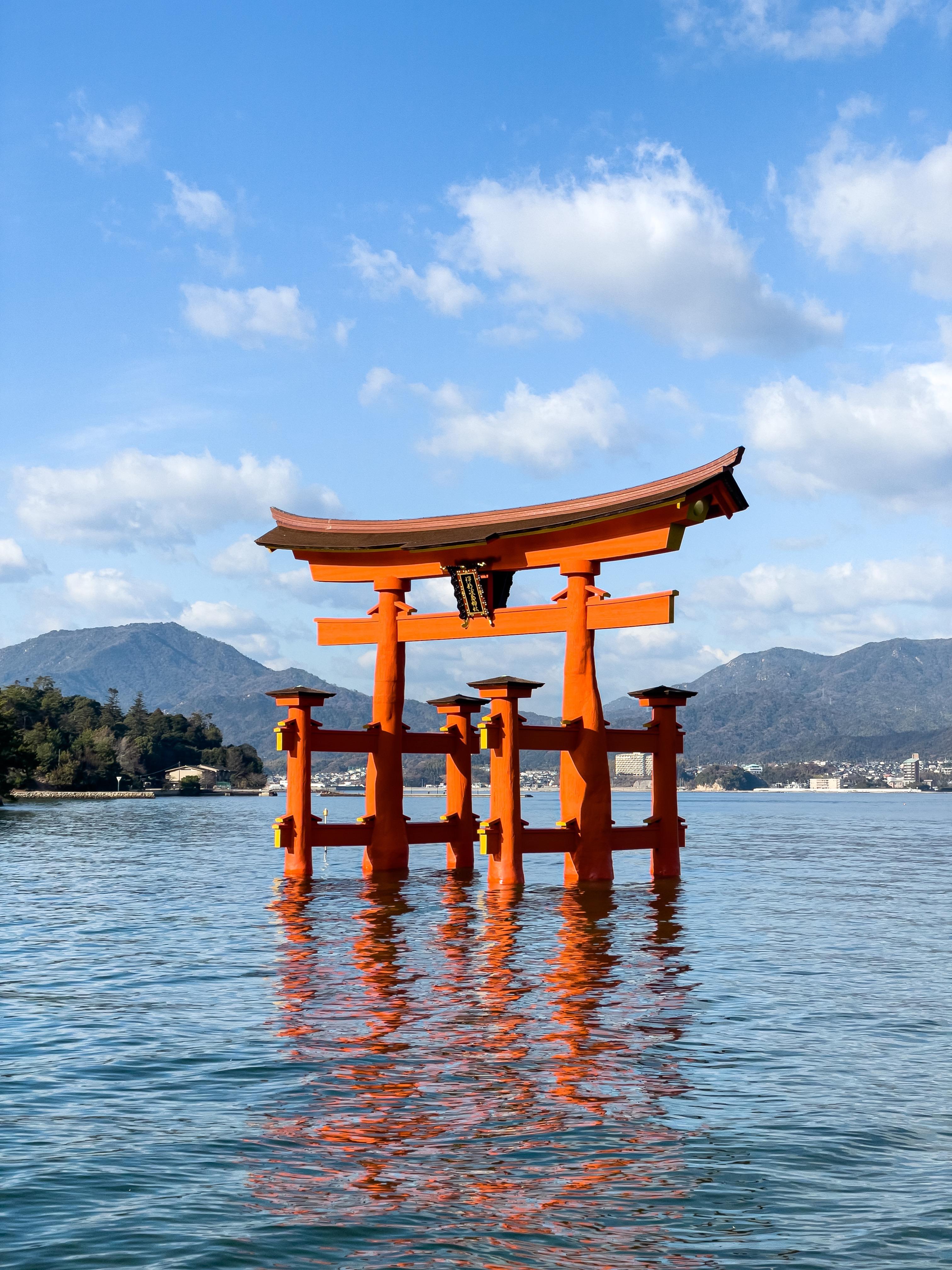
Attractions
1. Itsukushima Shrine (厳島神社)
Entry : ¥300
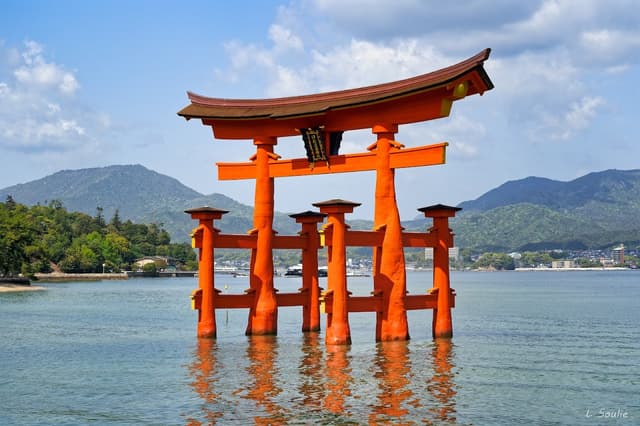
The shrine is known worldwide for its iconic "floating" torii gate ⛩️ Itsukushima Shrine is the only shrine and O-Torii gate in Japan built where the tide swells beneath it and retreats into the distance. Because the experience of Itsukushima Shrine involves the water over which it is built, it is good to be aware of the timings of the tides during one's visit.
At high tide, the O-Torii gate and the shrine elegantly sits on top of the water. At low tide, you can walk right up to the foot of the O-Torii gate to experience it up close. Also at low tide, three 'mirror ponds' appear in the exposed sand around the shrine 🌊
Getting There
From Hiroshima Station via Sanyo Line for Ono-Ura (Platform 1) to Miyajimaguchi Station (27mins).
Transfer to the JR Miyajima Ferry to the Miyajima Pier (10mins).
Then walk 14mins to Itsukushima Shrine.
Total Travel Cost = ¥620
2. Hiroshima Orizuru Tower (おりづるタワー)
Entry : ¥2,200
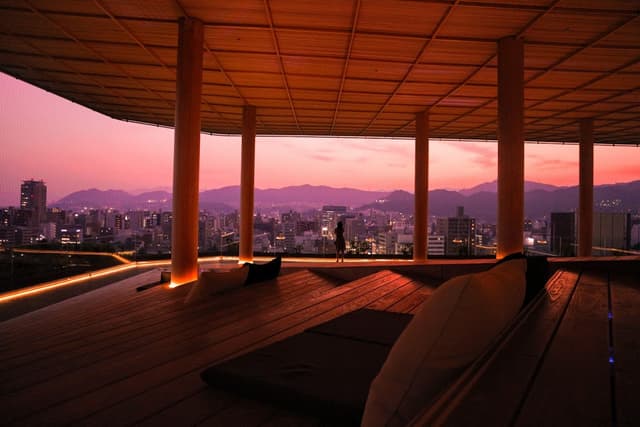
The roof observation deck is the most symbolic expression of the tower’s approach to peace. The observation deck on the top floor is open to the elements, allowing one to feel the wind as you take in the panoramic view 📸 On a clear day, you can see Mount Misen, Miyajima’s highest peak 🏔️
Visitors choose to take the elevator or walk up a spiraling walkway up to the top. Walking up gives one the chance to view the artwork which tells a story of a fictional family and projects what life may be like for them from then on 🖼️
During the Winter season, they blow up dome tents where you can pay by the hour and order drinks and desserts to sit in one. Inside, you can warm yourself up under a Kotatsu table whilst enjoying the marvellous views of Hiroshima city from above ☕️
The Orizuru Square on the 12th floor is a station where visitors can purchase origami paper to fold orizuru, or paper cranes. These cranes can be kept as a souvenir or dropped down into the Orizuru Wall, a glass panel wall that will be filled up with these folded cranes in time to come. Coming down from the tower, visitors have the option to select the slide, where a cushion is given and visitors can slide down the tower instead of walking down (super fun!) 🎉
Getting There
From Hiroshima Station via the Hiroshima Dentetsu No.2 tram for Hiroden-Miyajimaguchi to Kamiyacho-Nishi (19mins).
Then walk 3mins to the tower.
Total Travel Cost : ¥220
3. Hiroshima Castle (広島城)
Entry : ¥370
Hiroshima Castle was built in 1589 by Mori Terumoto, who owned most of the Chugoku region, in a location with convenient land and water transportation. The castle tower and some buildings remained after the Meiji period, but all of them were completely destroyed by the atomic bomb 💣
Getting There
From Hiroshima station via Kabe Line for Aki-Kameyama (platform 4) to Shin-Hakushima Station (3mins).
Then walk 14mins to Hiroshima Castle.
Total Travel Cost : ¥150
3. Peace Memorial Park (平和記念公園) & A- Bomb Dome (原爆ドーム)
Entry : ¥200
Before the bomb, the area of what is now the Peace Park was the political and commercial heart of the city. For this reason, it was chosen as the pilot's target. The museum surveys the history of Hiroshima and the advent of the nuclear bomb. Its main focus though is on the events of August 6 1945: the dropping of the bomb and its outcome in human suffering.
The museum is designed by renowned architect Tange Kenzo (1913-2005), to display and learn about the history of Hiroshima before and after the bombing through pictures, movies and artefacts left behind from the destruction. The personal details displayed are quite upsetting and serve to remind that we should not take peace for granted. Every year on the anniversary of the bomb, a ceremony is held at the park. Speeches are made, wreathes are laid at the Cenotaph, and a moment of silence is observed at 8:15 am, the precise moment of detonation 🪟
The Hiroshima Peace Memorial (A-Bomb Dome/Genbaku Dome) is the only structure left standing near the hypocenter of the first atomic bomb which exploded on 6 August 1945, and it remains in the condition right after the explosion. The most important meaning of the surviving structure of the Hiroshima Peace Memorial is in what it symbolises, rather than just its aesthetic and architectural values. It symbolises the tremendous destructive power, which humankind can invent on the one hand; on the other hand, it also reminds us of the hope for world permanent peace and the ultimate elimination of all nuclear weapons 🔗
Getting There
From Hiroshima Station via Hiroden Streetcar Route 1 (tram) for Hiroshima to Hondori Station (15mins).
Then walk 5mins to the park.
Total travel cost : ¥220
Have fun!
Check out my social media @dearorla for more Japan travel content 🌸
More Attraction Recommendations

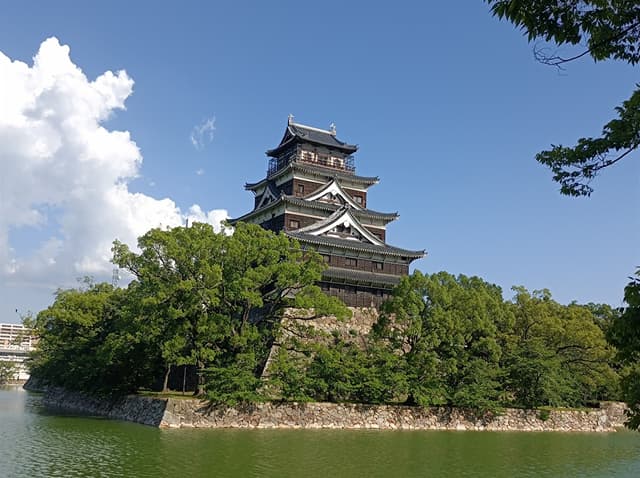

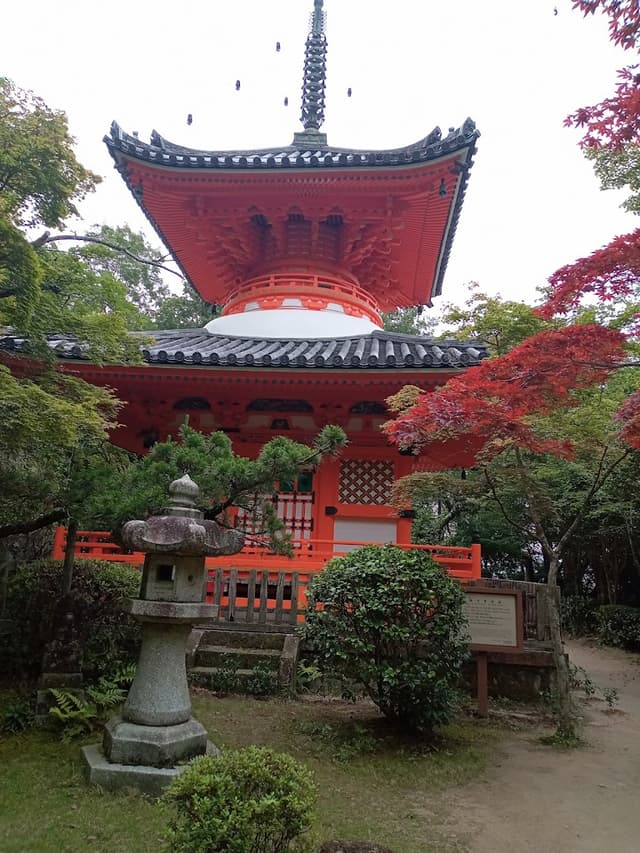
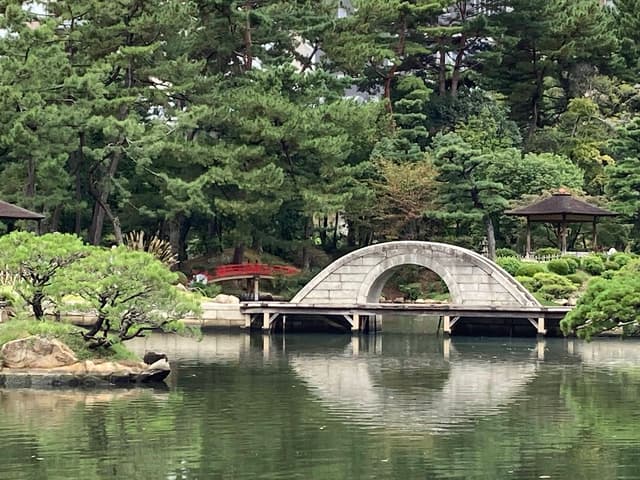
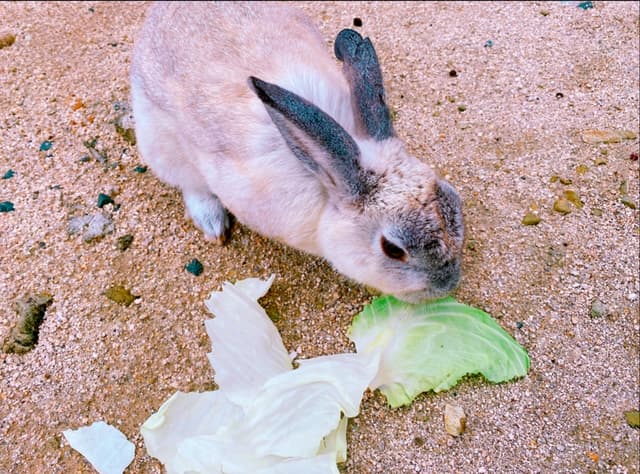
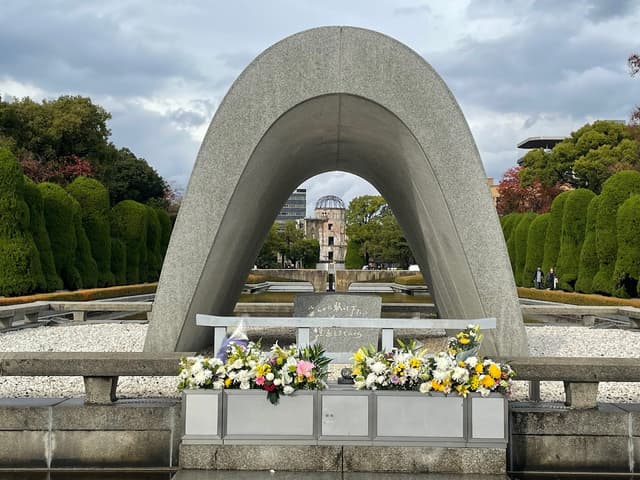
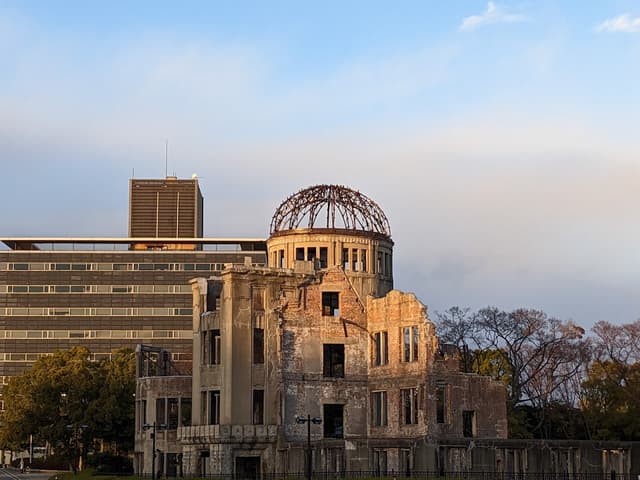
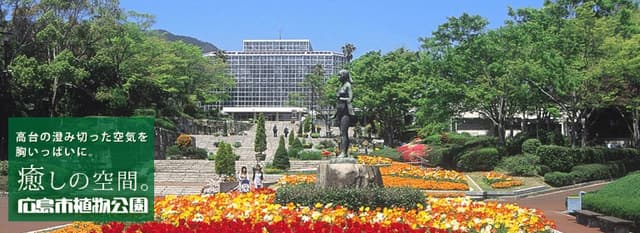
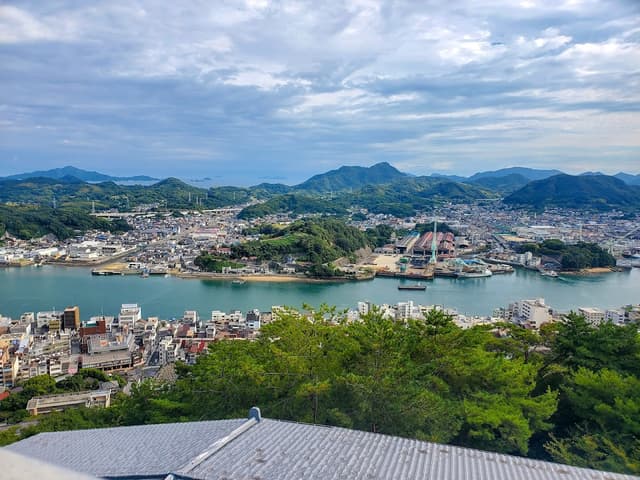

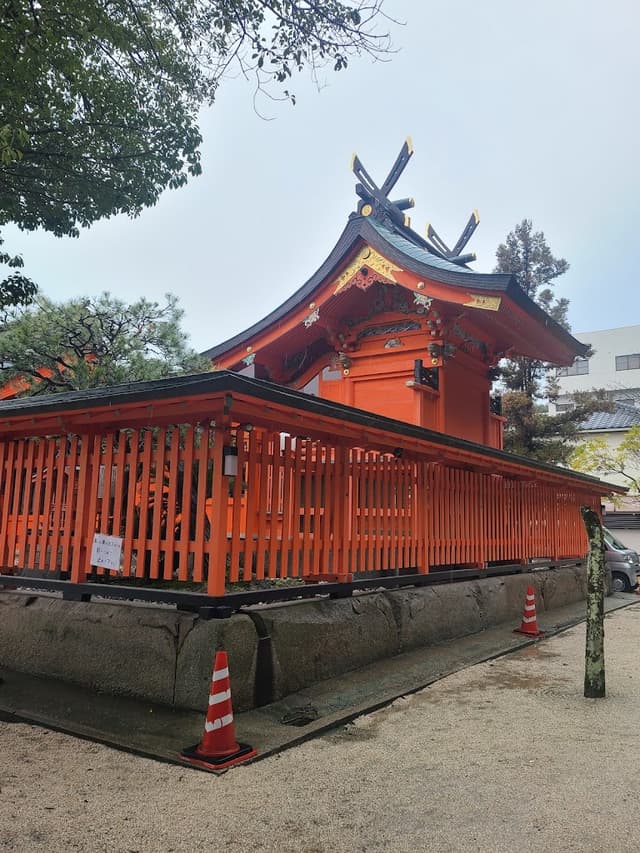
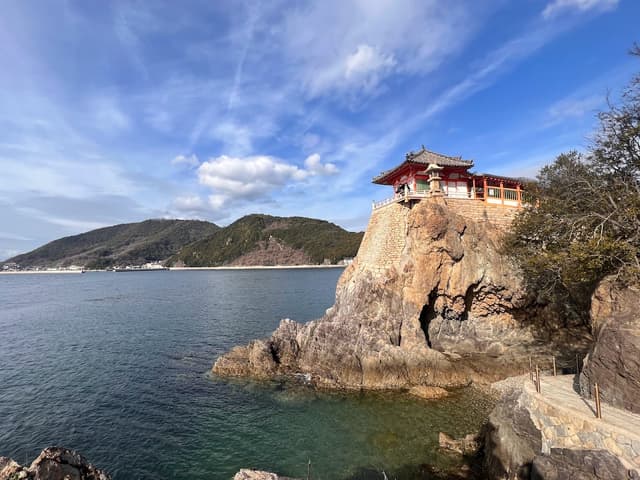
The home for unique & authentic travel